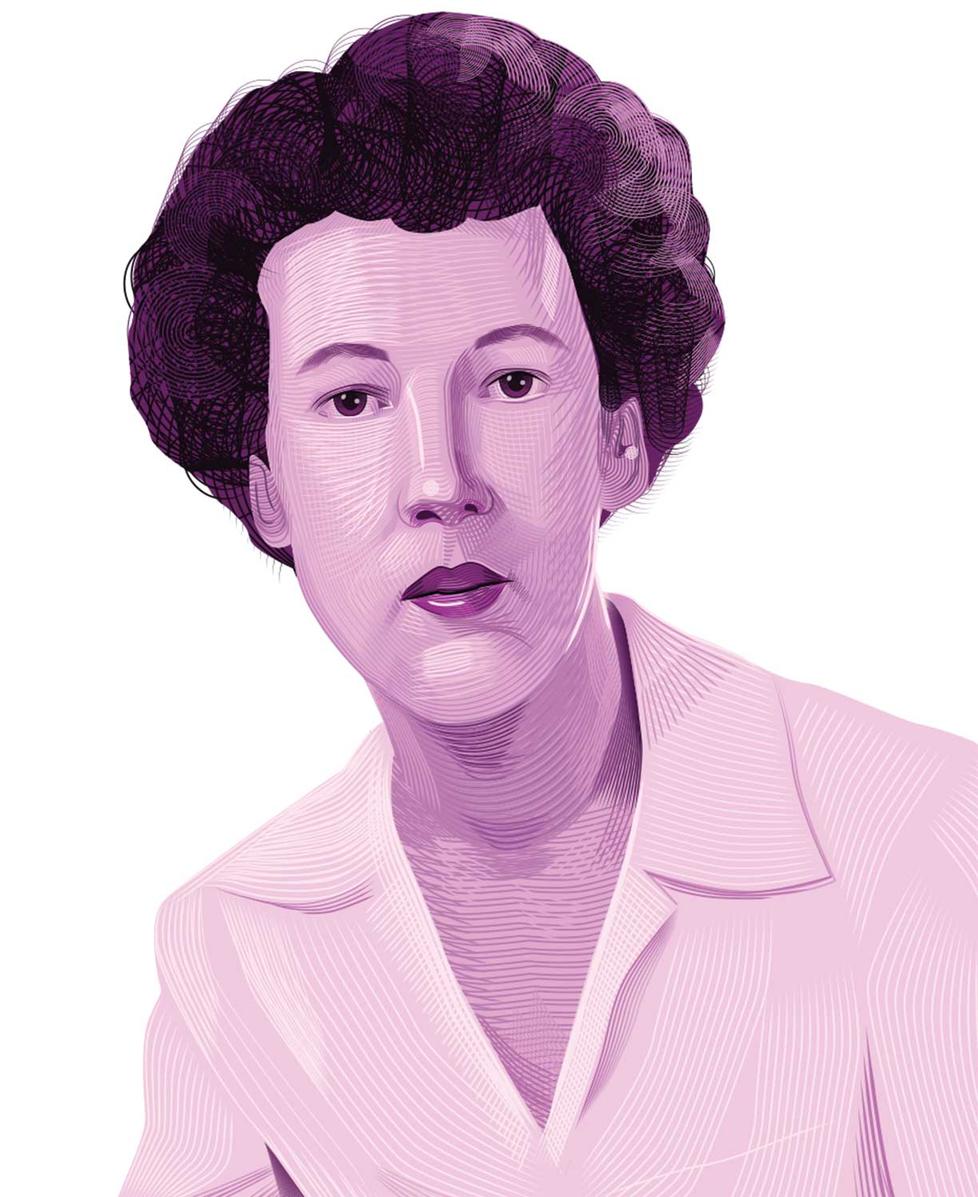Readers of the Princeton Alumni Weekly may occasionally wonder whether people in the University’s Office of Alumni Records have training in intelligence. When you move to a new address, the University seems to know it. When you change your title, the University seems to know that, too. If you get stranded on a desert island, the odds are 10 to one that the next issue of PAW will greet you right on schedule, washing up on shore in a discreet watertight package.
In fact, Sarah (Sally) Sillcocks, the director of the Office of Alumni Records for many decades, did get her training in intelligence. During World War II, Sillcocks worked as a member of the Art Looting Investigation Unit (ALIU) of the Office of Strategic Services — the so-called “Monuments Men” — to track down works of art that the Nazis had stolen. When she joined the University in the 1950s, she used her tracking skills to locate alumni who had fallen off the map. If you needed something or someone found, Sillcocks was your woman. Between 1952 and 1957, her office reduced the number of “missing” alumni by more than half, to 220 from 576.
Sillcocks grew up in Brooklyn, where she belonged to the socialite class whose dances, debuts, and afternoon teas were tallied in the society pages. Although she had a debutante party at 18, she would not marry for another three decades. Instead, she looked for adventure.
In 1944, she joined the ALIU. The Allies feared that, as the Axis lost ever more ground on the Continent, it was smuggling art out of occupied countries to fund Nazi cells. The unit’s task was to reverse the flow of treasure. (Lane Faison Jr. *32, an art historian at Williams College, was the head of the ALIU.)
The unit found whole national archives — and whole museums’ worth of art — hidden in castles and salt mines, without papers of provenance. Sillcocks had to find order where none existed, wrangle new documentation, and write endless reports on whom the unit interrogated, where artifacts came from, and whether the owners of those artifacts were still alive.
The investigation unveiled heroes and villains. Hans Van Meegeren, who sold Old Master paintings to worthies, confessed under interrogation that he had forged the paintings — rendering many priceless works suddenly worthless. Rose Valland, a staffer at the Jeu de Paume Museum, pretended to be a Nazi collaborator by day, and by night gave detailed reports to the Resistance — which meant the ALIU could work with “the most magnificent card catalog of works of art that were gone from Paris. And to what place they had been shipped,” Faison later said.
In 1953, Sillcocks became the new head of the University’s Office of Alumni Records. By now a seasoned tracker, she turned up missing alumni all over the world and found interesting data patterns among alumni — for instance, finding in 1958 that Ev Crawford 1901 was the biggest living fan of Tiger football, having attended 65 Princeton-Yale games. Sillcocks even used a vacation in Southern France to track down an alumnus from the Class of 1914 who was rumored to live there. “It was found,” the Princetonian said, “that just nobody had bothered to get in touch with him and that he had been living there for quite some time.”
In 1959, Sillcocks married James Staples Graham Jr. ’37, an interior designer. She wrote regularly to the Class Notes section of Vassar’s alumni magazine. In one missive, she said, “We’ve been chuckling over the mispronunciation of the Founder’s name by an unknown candidate as reported to us by a Wells graduate. The prospective student told her he was applying to Vass-ARR, with the accent on the second syllable! Actually, it sounds quite distinguished!” She added, “There is a slight precedent for a second syllable stress down here in Tigertown, where they end up their cheer with ‘PrinceTON, PrinceTON, PrinceTON!’”












No responses yet